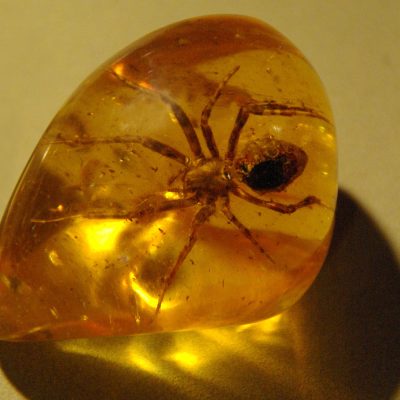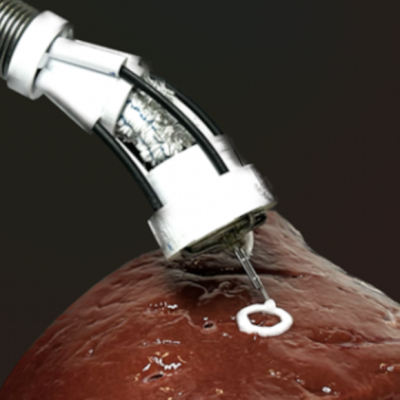In a groundbreaking new development, researchers at Rice University have integrated a dead spider into a robot as a “biological material.” This new field of research is called Necrobotics, which involves incorporating dead parts of former living beings into robots. The team used the legs of a dead wolf spider as a hydraulic gripper, taking advantage of the spider’s unique method of controlling its limbs through blood pressure and opposing muscles. The spider’s natural mini-gripper is controlled by inducing air into the hydraulic system of the spider, allowing it to move objects up to 1.3 times its own weight.
The researchers found that the spider’s after-death architecture was perfect for creating small, naturally-derived grippers. This integration process only requires one assembly step, saving time and resources compared to other robots that require complex manufacturing processes. The spider’s gripper is also able to pick up objects with different surface structures and shapes due to its flexible legs and hair-like structures that act like glue. However, the lifespan of the biological gripper is limited to around 700-1000 cycles due to the joints drying out. To increase its lifespan, the researchers plan to coat the spider with beeswax to slow down the drying process.
The researchers also addressed the ethical concerns surrounding their experiment, stating that there are currently no clear guidelines for the ethical procurement and humane euthanasia of spiders. Despite these concerns, the team plans to continue their work in Necrobotics, with a focus on insects and small spiders. They hope to analyze high-speed joint movements using whip scorpions and expand their research in this exciting new field.










